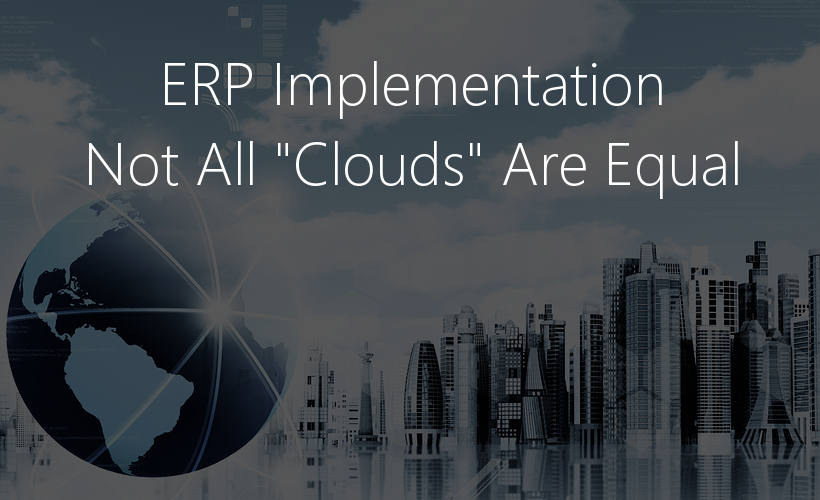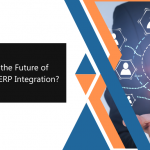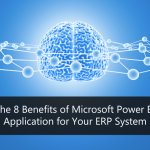
How can you make sure your ERP software has the right Cloud to rely on?
In the 90s, at the start of modern ERP systems, Technology Management Concepts was running Microsoft Dynamics ERP solutions on mini computers… old times!
Already in the late 90s, we were changing our ERP implementation model to a Client/Server model. The emergence of Personal Computers (PCs), connected to several servers, started a mass adoption period for ERP solutions.
At the time, those were the standards! Think about it, before Internet… All the ERPs, even the best, were only providing companies with very limited access to their solutions.
All of this changed with the Internet Revolution. Today, everyone is expecting to access their data at any time and anywhere, from employees, customers to suppliers, everyone expects real-time and accessibility.
Considering this major shift, and the quick adoption of cloud technologies, many ERP vendors were feeling rushed to update their ERP solution to answer the rising demand for Cloud-based ERP systems. In the process, many smaller ERP vendors were not able to upgrade their business applications to be true Cloud-based ERP solutions. Only moving their legacy (old ERP) solution onto servers just to “host” it, so they are accessible through an internet connection.
On the other hand, Microsoft Dynamics 365, which is designed to be delivered via the internet, is a true cloud-based ERP solutions.
Here are a few reasons why legacy ERP solutions won’t work for you:
- Some require specialized software for access, so the system has limited availability.
- The user interface cannot be personalized by each user. It requires the assistance of a trained programmer.
- The legacy solutions were written in tools and techniques that are not relevant today, and the expertise to modify them is becoming more scarce and more expensive.
- Legacy ERP software may use proprietary tools to integrate third-party applications making it difficult to communicate with other applications.
- The systems often lack technology tools such as virtualization and load balancing to provide scalability. This restricts system performance.
For all these reasons and more, fake cloud solutions will unfortunately increase long-term ownership costs and hinder business process improvements in the future.
*** Fake cloud software occurs when legacy applications are adapted and hosted on the internet, but never truly designed to be delivered and used via the cloud. ***
*** True cloud software supports all mobile devices without requiring additional software. However, just being mobile doesn’t provide the benefits you need to grow. ***
Investing in an Cloud-based ERP software can be tricky, especially when “real” and “fake” Cloud solutions come into the picture. If you have any question about Microsoft Azure Cloud Services, you can contact us or visit our website for free resources.





